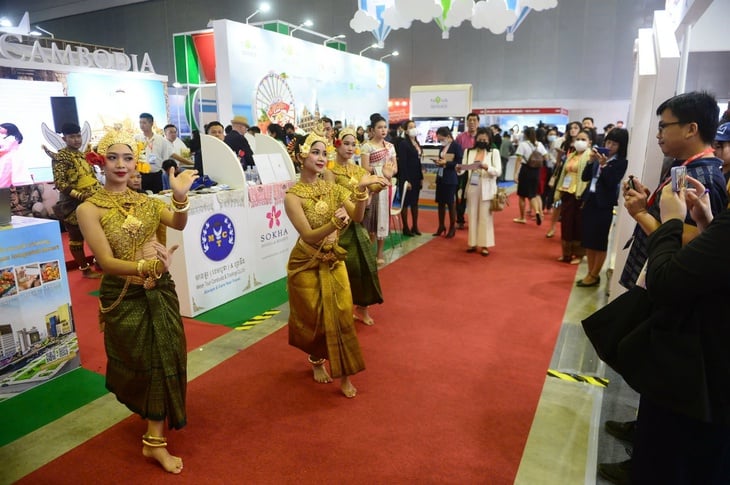
International tourism event held at Saigon Exhibition and Convention Center (SECC, Ho Chi Minh City) - Photo: QUANG DINH
Ho Chi Minh City, the country's economic locomotive and largest import-export gateway, is under increasing pressure from trade promotion and MICE needs.
Ho Chi Minh City "thirsts" for a large-scale exhibition center
In just one morning, the area around the Saigon Exhibition and Convention Center (SECC, old District 7) was congested due to three events at the same time, visitors had to park their vehicles far away, and booths displaying heavy-duty equipment were narrowed due to lack of space.
Businesses warn that if the city does not have a large-scale, professional exhibition center, the event schedule will "flow" to other localities or abroad, meaning commercial investment opportunities will be lost.
Data from the Department of Industry and Trade shows that each year Ho Chi Minh City organizes over 400 fairs and exhibitions (an average increase of 3.68% per year), but the bottleneck is the lack of centralized, well-invested and appropriately sized venues.
Meanwhile, Hanoi has just handed over the site for the Vietnam Exhibition Center complex, with a design scale of up to 304,000m² of indoor exhibition area, among the 10 largest complexes in the world , setting a new standard for exhibition infrastructure in the country. The lesson here is the speed of implementation, the synchronization of supporting infrastructure and the way to mobilize private resources to turn the plan into reality.
In the South, SECC, although expanded with a total indoor exhibition floor area of about 40,000m² (with outdoor space of 15,000 - 20,000m²), still cannot meet the needs of very large-scale international events.
Ho Chi Minh City has oriented to build the brand "Ho Chi Minh City Expo" and planned two locations for fair and exhibition centers in Thu Thiem and the old District 12; at the same time, set a goal to form four centers in four directions: East - West - South - North.
This is a positive sign, but so far it has remained largely a plan. Its realization depends on two key factors: choosing the right location to create a boost in logistics, tourism and trade; and a flexible investment and operation model to welcome international visitors and goods.
Three options for Ho Chi Minh City's new exhibition center
A worthy exhibition center must ensure a 30-45 minute access radius by multiple means (highway, beltway, metro, waterway), have a minimum contiguous land fund of 50-70ha to aim for 150,000-200,000m² of exhibition floor according to the roadmap; hotel, service, parking space of 8,000-10,000 seats; the ability to expand according to the "expo campus" model integrating conferences, technology demonstrations, logistics warehouses; and at the same time be linked to industrial parks - seaports - airports - urban centers so that each trade event can be converted into orders, factory visits or survey tours.
In terms of location, the first option is the Thu Thiem - Thanh My Loi axis (Thu Duc City). This is an area of symbolic significance, located in the future financial - administrative core of the city.
If the administrative center is developed in parallel with a regional exhibition and conference area on the east bank of the Saigon River, the city can create a "MICE - finance - creativity" destination right at the central gateway, conveniently connected to the Nguyen Co Thach - Mai Chi Tho - Thu Thiem bridge axis and the waterway network.
The second option is the southernmost point of Hiep Phuoc (Nha Be), which owns a large industrial land fund, adjacent to the deep-water port cluster and Soai Rap channel, conveniently connecting the Mekong Delta and Cambodia by waterway.
When the Ben Luc - Long Thanh expressway sections are put into operation along with the completion of Ring Road 3, this area will become an ideal landing point for a large-scale industrial - logistics - maritime exhibition area, reducing the load on the inner city and welcoming international visitors through Long Thanh in the future.
The third option is the northwest gateway (Cu Chi) connected to the Ho Chi Minh City - Moc Bai expressway. Although further from the center, the northwest has the advantage of land and the role of the Asia - Europe border gate on land. When this expressway connects with Ring Road 3, a border trade and exhibition corridor will be formed, suitable for agricultural, mechanical, and technical equipment topics, combining exhibitions with the transportation of goods through the Moc Bai border gate.
Need for rapid decision making and implementation mechanism
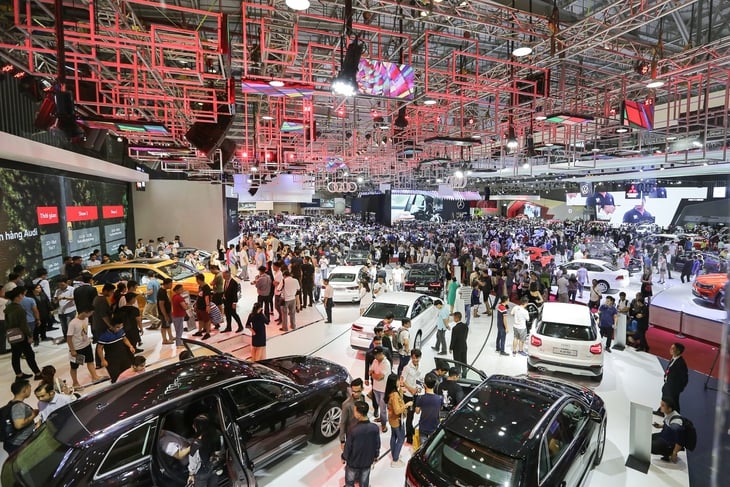
An international exhibition event took place at SECC - Photo: BV
In addition to the main centers, Ho Chi Minh City also needs to take advantage of two existing satellites to increase capacity immediately. In the north, WTC Expo - Binh Duong New City has been operating with about 12,000 - 14,000m² indoors and 8,000 - 10,000m² outdoors, which can immediately support overloaded exhibitions, while creating a convenient passenger and goods transportation axis through Ring Road 3.
In the southeast, Cai Mep - Thi Vai port cluster (Ba Ria - Vung Tau) is one of the rare deep-water ports in the region, receiving large tonnage ships; forming an exhibition area attached to the port will strongly complement the supporting industry and international trade of the region.
International experience shows that special-scale projects such as exhibition centers require a hybrid capital structure: clean land and framework infrastructure led by the State, with construction, operations, and marketing undertaken by the private sector to ensure flexibility, service standards, and access to international markets.
Right in Ho Chi Minh City, the business community also proposed preferential tax and credit policies and “rolling out the red carpet” for private participation, helping to speed up implementation. It is necessary to establish a mechanism for selecting investors through competitive bidding, progress commitments, along with a set of operational indicators on floor capacity, number of international events and MICE tourism revenue.
The Hanoi lesson shows that if we prepare well and mobilize social resources, we can go very quickly. Ho Chi Minh City has clear needs, convincing data, and an increasingly open legal corridor; what is lacking is a decision to push the button and a mechanism for rapid but disciplined implementation to bring a worthy exhibition center into reality, meeting the city's leading role and aspirations to reach international standards.
In the immediate future, the city should simultaneously initiate investment procedures for a “flagship” center in Thu Thiem - Thanh My Loi (positioning symbols, high-level conferences, technology - service exhibitions) and a specialized center in Hiep Phuoc (attached to a port, specializing in industry - logistics).
In parallel, there is a program to increase the capacity of the satellite network through improving access traffic, parking, and accommodation services. Vision 2030, when Ring Road 3 is completed and strategic highway sections are operational, Ho Chi Minh City will have the capacity to organize a series of regional-scale events from "Ho Chi Minh City Expo" in the urban core, to "Port Expo" in the far south and "Border Expo" in the northwest, creating a MICE ecosystem that spreads orders, tourism, and investment throughout the region.
Together "Contribute ideas for industrial and commercial development in Ho Chi Minh City"
Tuoi Tre Newspaper in coordination with the Department of Industry and Trade of Ho Chi Minh City opened the forum "Providing advice for developing industry and trade in Ho Chi Minh City".
The forum aims to listen to ideas and solutions from businesses, researchers and people to build and develop industry and trade for the new Ho Chi Minh City, forming a strong urban area in industry, trade and services, with international competitiveness.
Mr. Bui Ta Hoang Vu - Director of the Department of Industry and Trade of Ho Chi Minh City - said that he will respect and listen to every opinion and suggestion from the people and businesses to advise the People's Committee of Ho Chi Minh City on breakthrough solutions to develop industry - trade - services.
Readers participating in the forum can send their comments to the editorial office of Tuoi Tre newspaper, 60A Hoang Van Thu, Duc Nhuan ward, Ho Chi Minh City, or send them via email: kinhte@tuoitre.com.vn
Source: https://tuoitre.vn/tim-vi-tri-va-mo-hinh-dau-tu-trung-tam-trien-lam-tam-voc-quoc-te-cho-tp-hcm-20250816153057923.htm







![[Photo] Cat Ba - Green island paradise](/_next/image?url=https%3A%2F%2Fvphoto.vietnam.vn%2Fthumb%2F1200x675%2Fvietnam%2Fresource%2FIMAGE%2F2025%2F12%2F04%2F1764821844074_ndo_br_1-dcbthienduongxanh638-jpg.webp&w=3840&q=75)


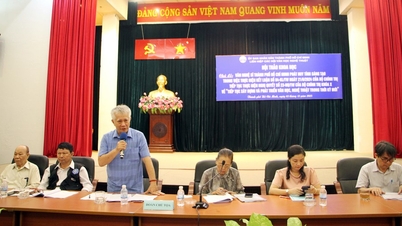



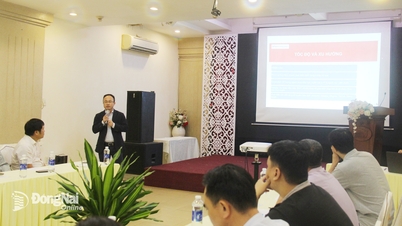

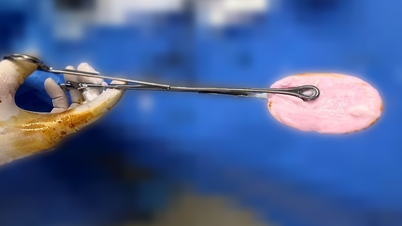


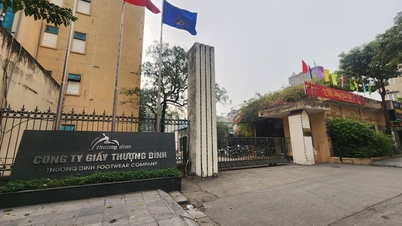

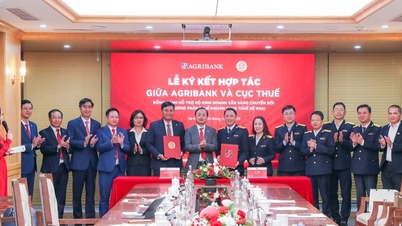




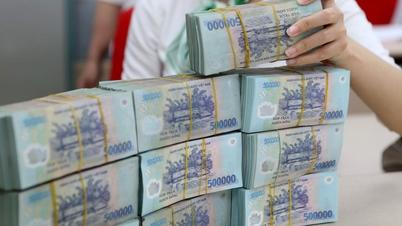









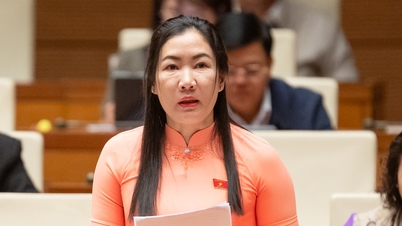



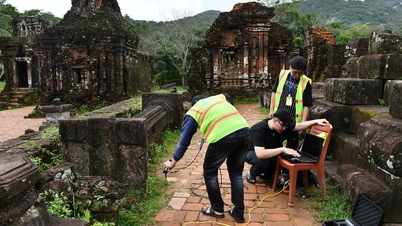
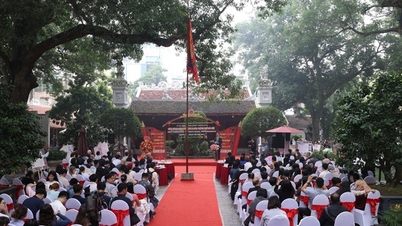






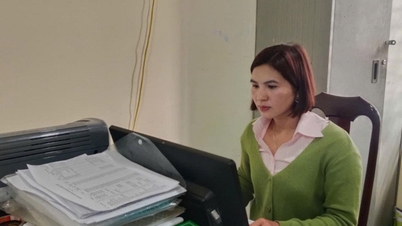

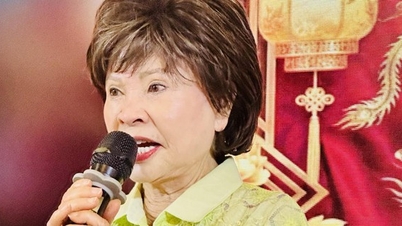


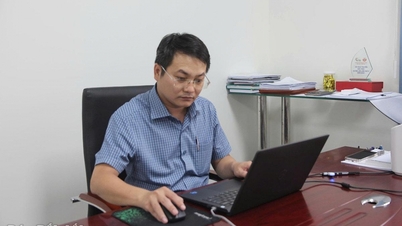
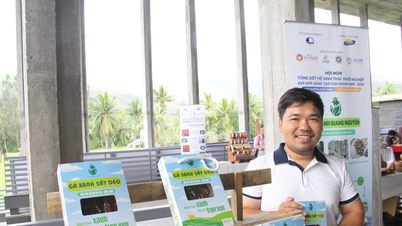



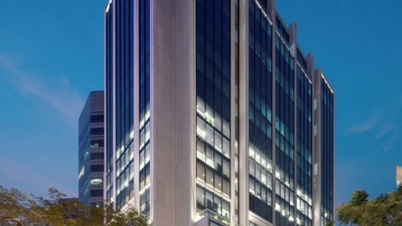

![[VIMC 40 days of lightning speed] Hai Phong Port determined to break through, reaching the target of 2 million TEUs by 2025](https://vphoto.vietnam.vn/thumb/402x226/vietnam/resource/IMAGE/2025/12/04/1764816441820_chp_4-12-25.jpeg)


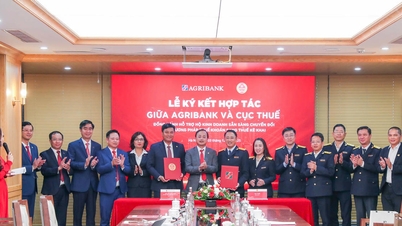









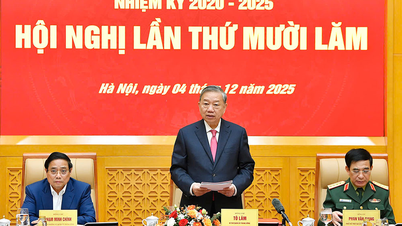

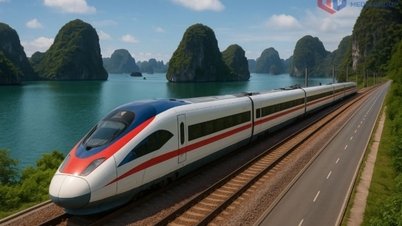



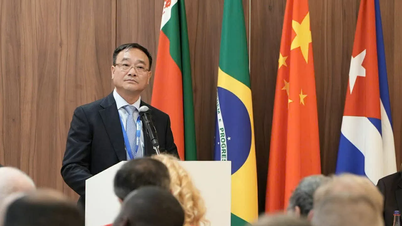

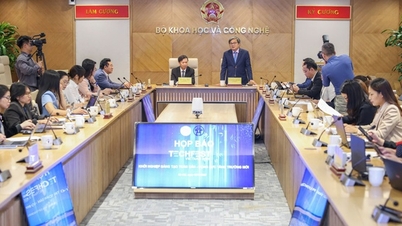

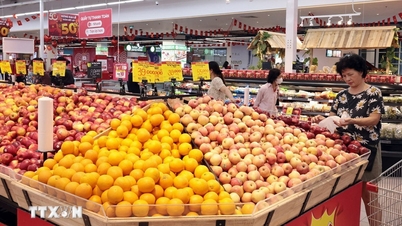



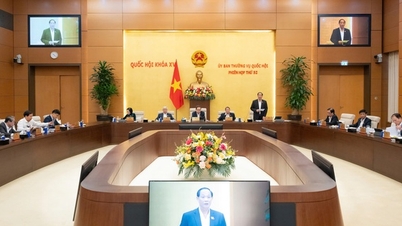
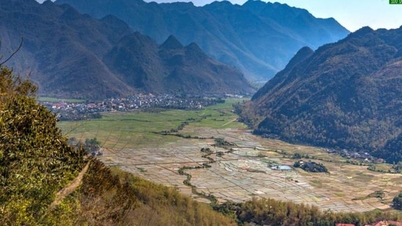
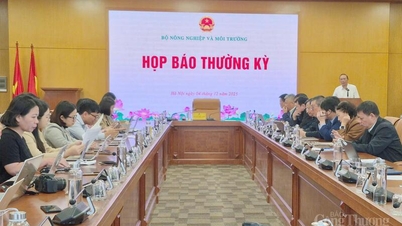
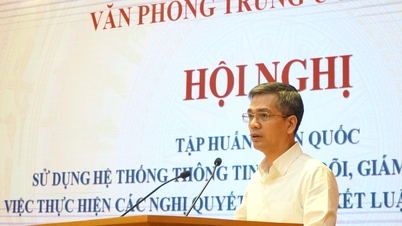




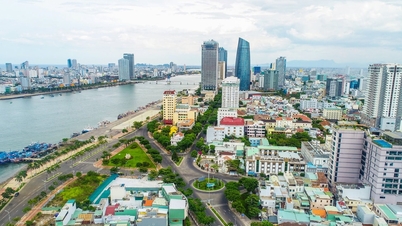

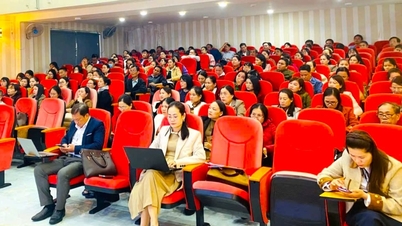
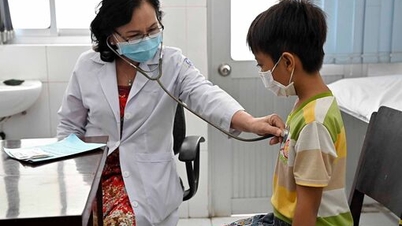

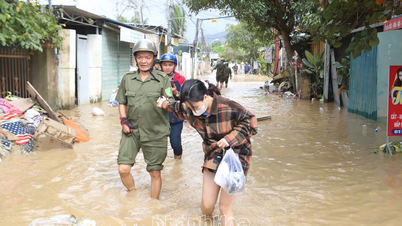












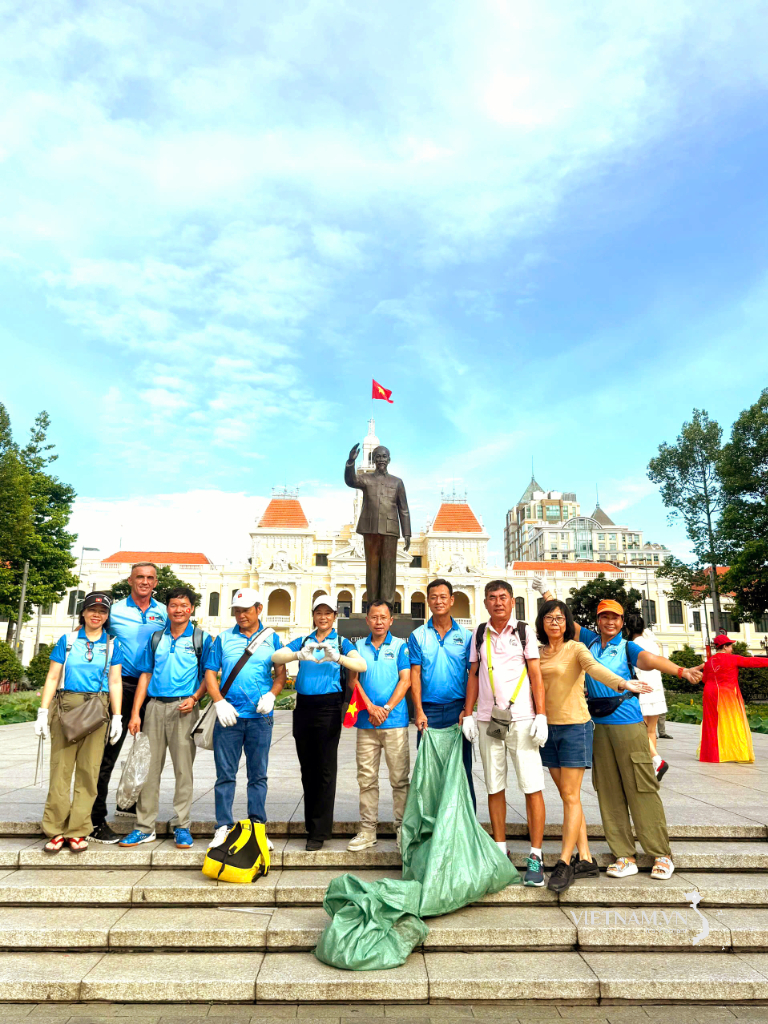
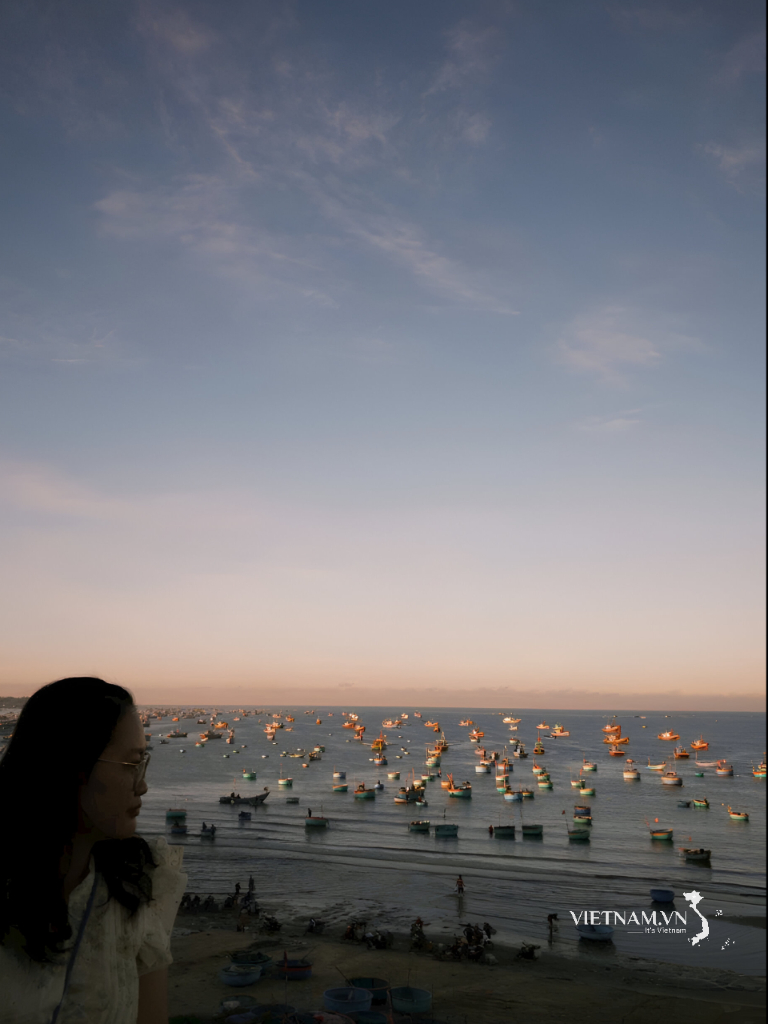
Comment (0)